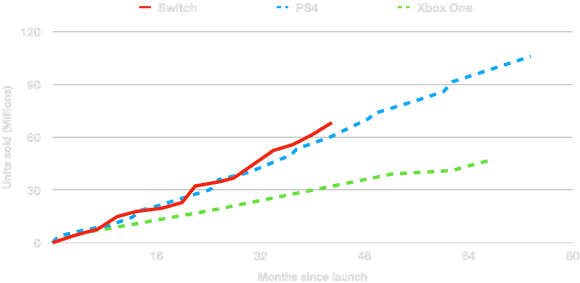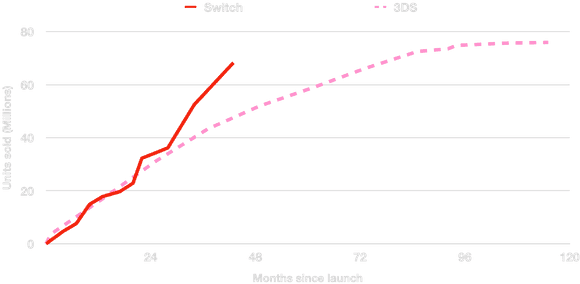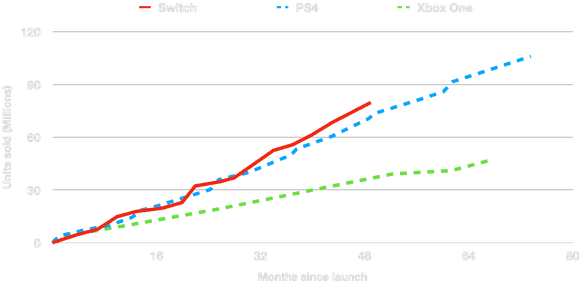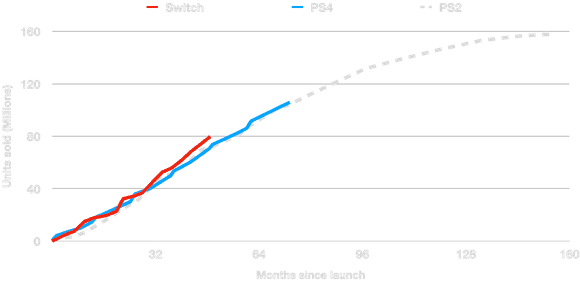Allegra Frank, Vox:
Finding comfort in games is what’s drawn me to them the most this year. Which is why I’ve turned obsessively toward the types of games that exude friendliness. I’ve found this most in the nostalgic charm and childlike wonder of (mostly) vintage Nintendo games. Gone is my interest in the new and buzzworthy; I’m here to revisit the kindly faces I can find on my Switch.
And it doesn’t matter if you have pre-established nostalgia for the halcyon days of simple, E-for-Everyone-rated Nintendo games or not. In the same way that Nintendo’s small-town-life simulation game Animal Crossing found mass appeal earlier this year for its coziness, these games promise morally uncomplicated fun from the onset. They’re good for anyone who’s craved some virtual, pleasant, joyous worlds to escape to.
This harkens back to Amanda Hess’s feelings at the beginning of lockdown in the US — nearly seven months ago, for those counting.
The handling of the situation globally has been fraught with anxiety. In the US, it’s a complete shitshow. I can’t take my eyes off of the news. Email newsletters pile up in my inbox — two from The New York Times, one from Vox, one from Apple News, and Dave Pell’s NextDraft to add some levity and (surprisingly) reality to the avalanche nay cavalcade of bad news. Even tech focused newsletters from Ben Thompson, Casey Newton, and Dieter Bohn ring with a tinge foreboding. OK, more than a tinge.
Every day feels the same. Whether I’m trying to navigate corporate bureaucracy, social unrest, brain chemistry, or electrical wiring — there’s lots of home improvement going on in the Starr Household these days — every day feels the same. I miss my friends. I miss my family. I miss my co-workers. Thank every otherworldly being that my wife and I pair like chocolate and peanut butter. She’s my saving grace.
Yes, I have distractions. We watch great TV like Watchmen, Seinfeld, and Ted Lasso. We cook together, clean together, and decorate together. We have it as good as it gets. Solitarily, I work on remotely recorded ’90s covers with a group of dudes (less often than I should be) and I’m in a book club.
But in the flood of bad news and rip current of quarantine space-time, I find great serenity wading deep in the waters of childhood comforts. The latest of which is Super Mario 3D All-Stars.
There are better sources to explain the strengths and weaknesses of Super Mario 64, Super Mario Sunshine, and Super Mario Galaxy. After much consideration, I don’t aim to do that on Zero Counts. What I will say is that Super Mario 64 is my You’ve Got Mail. If you’re my wife or have a fondness for bouquets of newly sharpened pencils, you get it. That’s a big deal.
This is a long way of saying that I agree with Allegra — vintage Nintendo games are good vibes.




